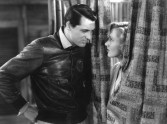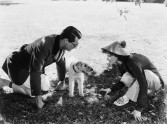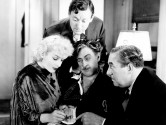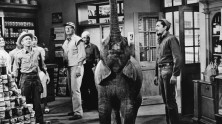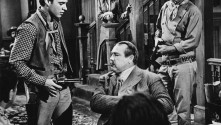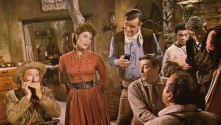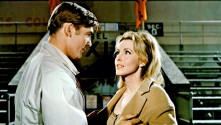
Fred Zinnemann’s now-classic moral Western was despised by Hawks and John Wayne, who decried the Austrian-born director’s vision of the West as “un-American.” In truth, Zinnemann was inspired by the distinctly “un-American” sentiments transforming Hollywood—the HUAC trials and Red Scare that had punished many politically outspoken artists and victimized countless others with a culture of fear and self-serving conservative rectitude. Viewed today, High Noon stands upright not only as a cautionary tale about how the high road is often the loneliest, but also as a remarkable exploration of subjective and expressive narrative in which the almost real-time structure allows each passing minute to be felt as lashes across the back of Gary Cooper’s sheriff as he walks in a kind of Passion through the increasingly deserted town toward the deadly showdown that awaits.
Part of film series
Screenings from this program
Gentlemen Prefer Blondes

His Girl Friday

The Big Sleep (pre-release version)

A Girl in Every Port

The Cradle Snatchers / Paid to Love

Fazil

Fig Leaves

Man's Favorite Sport?

The Crowd Roars

Today We Live


